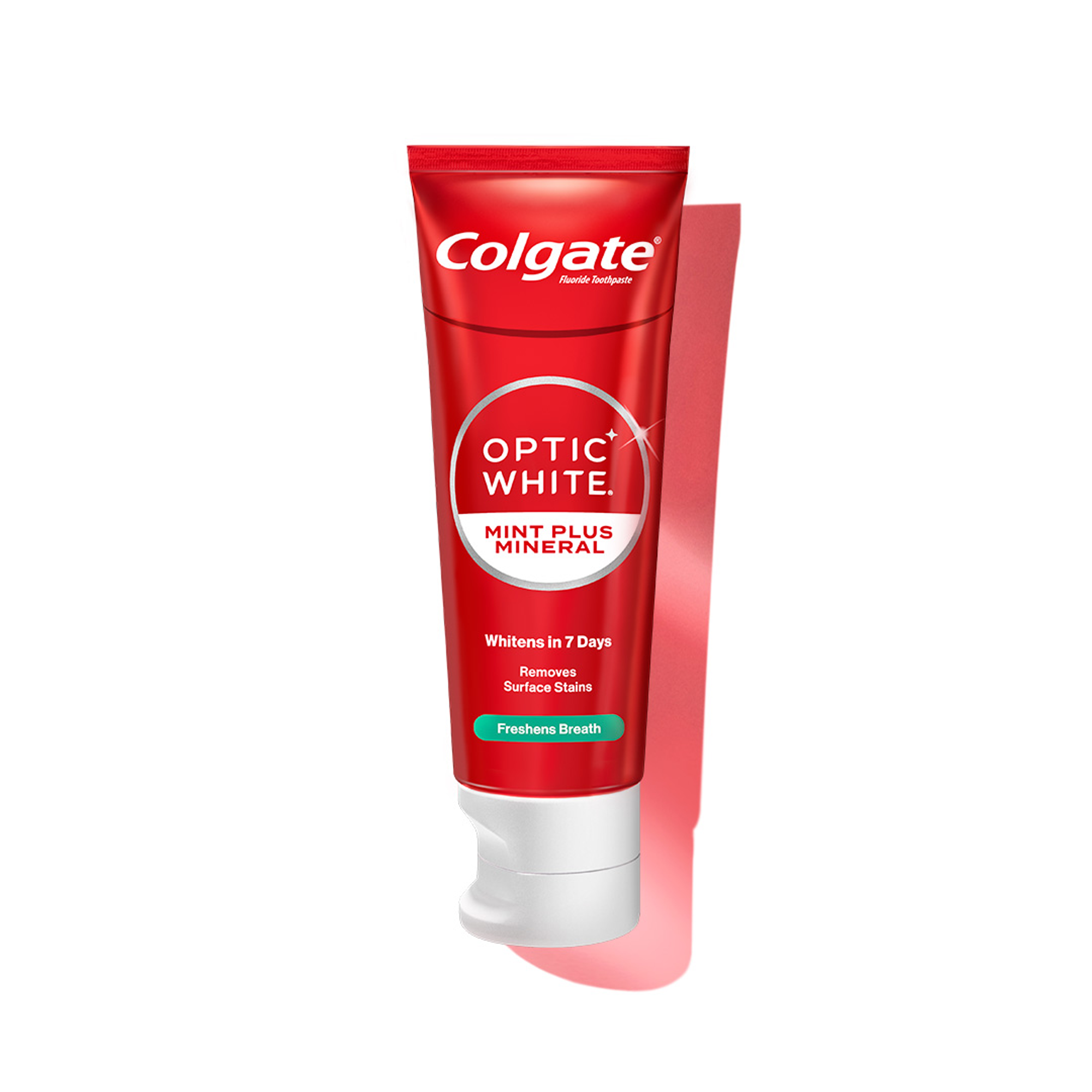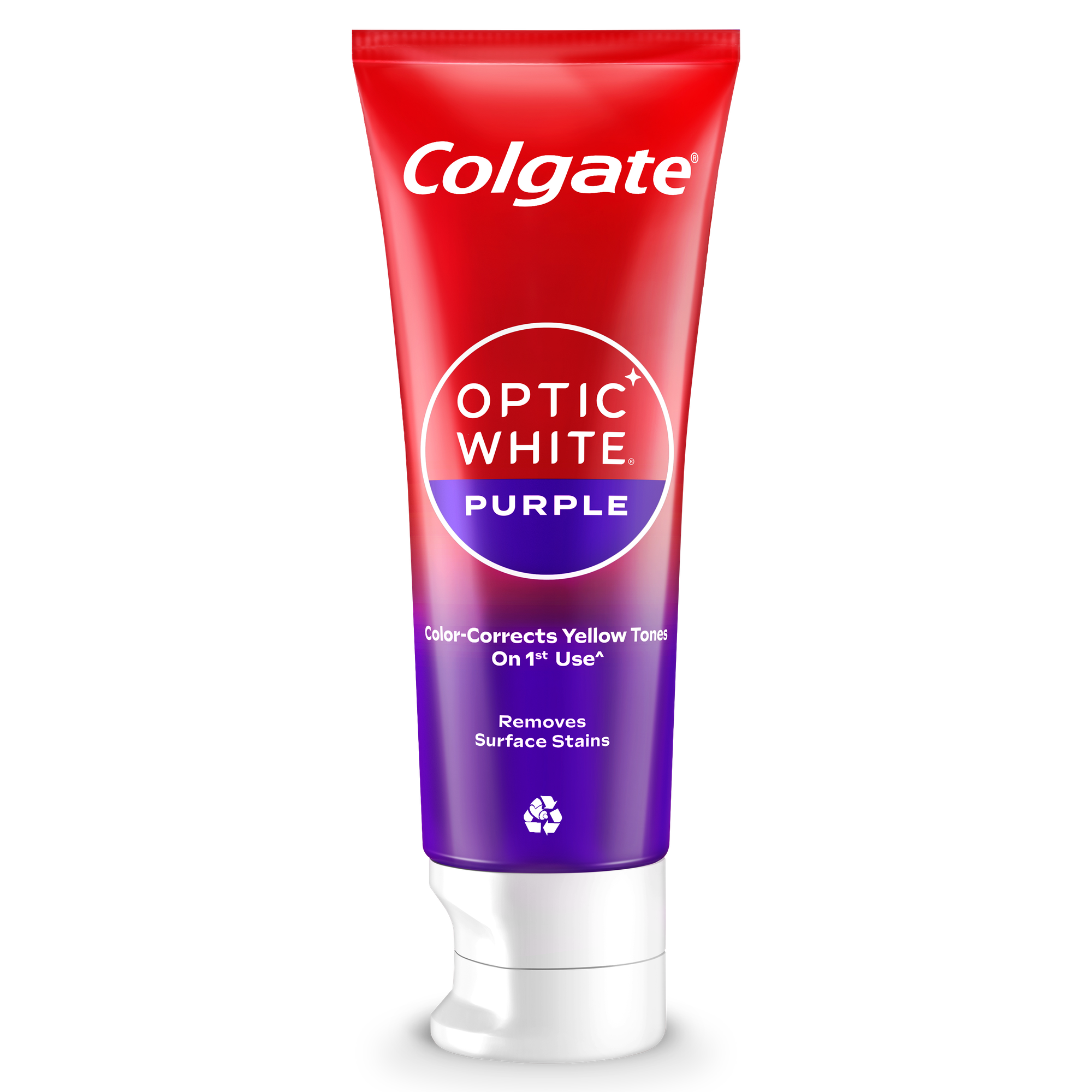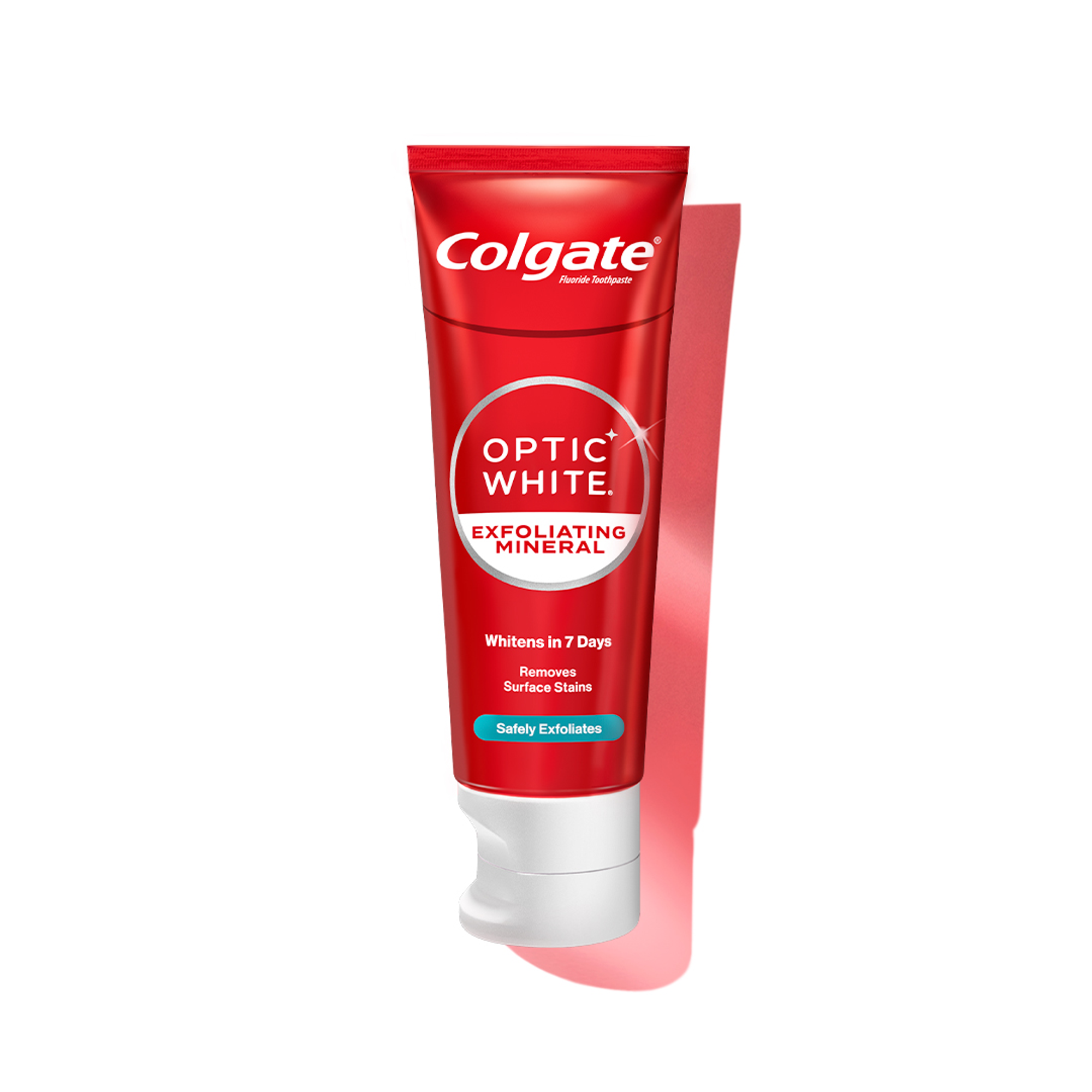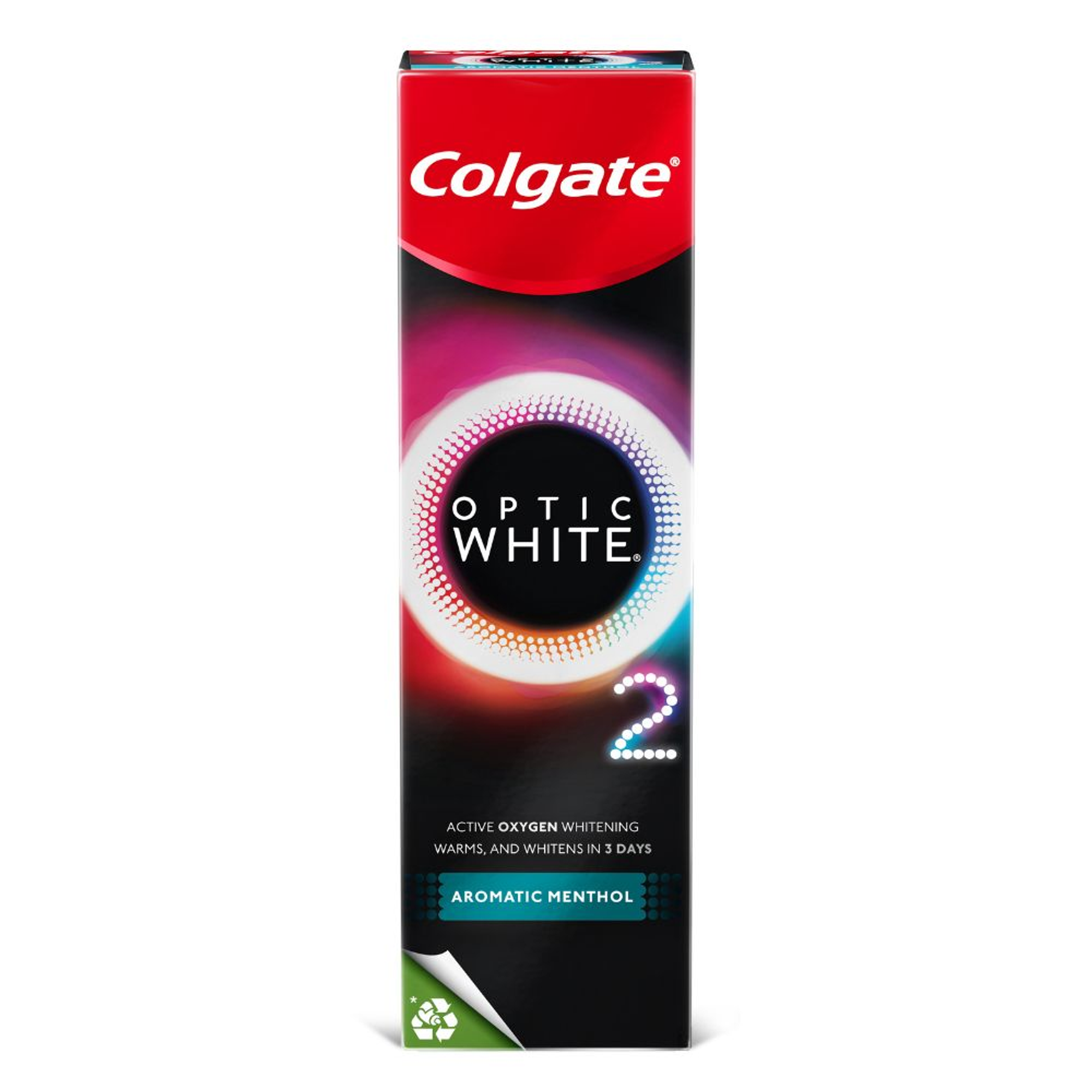Active Ingredients
The biggest difference among teeth whitening products is their active ingredient. There are two basic types of products that each use different key ingredients:
1. Whitening toothpastes that remove surface stains. Surface stain removers whiten teeth by using abrasive ingredients that essentially polish the teeth. They don't actually alter the color of your teeth, but they can remove some of the discoloration. Keep in mind that while there are no bleaching agents included, surface stain whitening toothpastes over time may cause sensitivity to teeth. If your teeth are uncomfortable or sensitive after toothbrushing with these products, stop using them.

Instantly colour-corrects yellow tones^
^For temporary efficacy
2. Bleaching toothpastes and whitening gels. For an even brighter smile, look for a whitening toothpaste that contains a bleaching agent such as hydrogen peroxide or carbamide peroxide. Both can bleach away dark stains to change the color of the enamel to a brighter white. Found in certain toothpastes, you'll typically get faster results with a product that bleaches teeth rather than simply removing surface stains.
Enamel Protection
Once your teeth are white, using a toothpaste that fortifies and protects enamel can help teeth stay bright. By fortifying weaker spots in your teeth, enamel-protecting toothpaste makes it harder for stains to penetrate and yellow your teeth. It's an ideal maintenance product to help your teeth stay white and bright. Choose a toothpaste designed to help strengthen and protect enamel.
Other Benefits
Because you don't have time to use several products every time you brush, the best whitening toothpaste also comes with other benefits, such as cavity protection and breath freshener, and can help improve gum health. Make sure that the whitening toothpaste you choose has fluoride to prevent cavities, along with a mild abrasive, such as sodium lauryl sulphate, to help keep teeth clean and stain-free.
The American Dental Association suggests consulting with a dentist before you start using a whitening product, particularly if you have dental work such as crowns and fillings. These can affect the way whitening agents work, so you'll need to check with your dentist concerning the best active ingredients and process by which you can score a whiter smile.
Comfort and Sensitivity
It's true that the most common side effect for bleaching ingredients can be some mild tooth sensitivity. If you are complaining about sore teeth and gums after switching to a whitening toothpaste, you might need one with milder active ingredients. Try switching to a surface stain remover instead of a bleaching toothpaste, or look for a bleaching toothpaste formulated for sensitive teeth, to help get the benefits of whitening toothpaste without any discomfort.
Whitening toothpaste is safe for your entire family, but it never hurts to talk to your dentist about options for whiter smiles. By looking at the list of ingredients and checking out the benefits, you can find the best whitening toothpaste for you.














